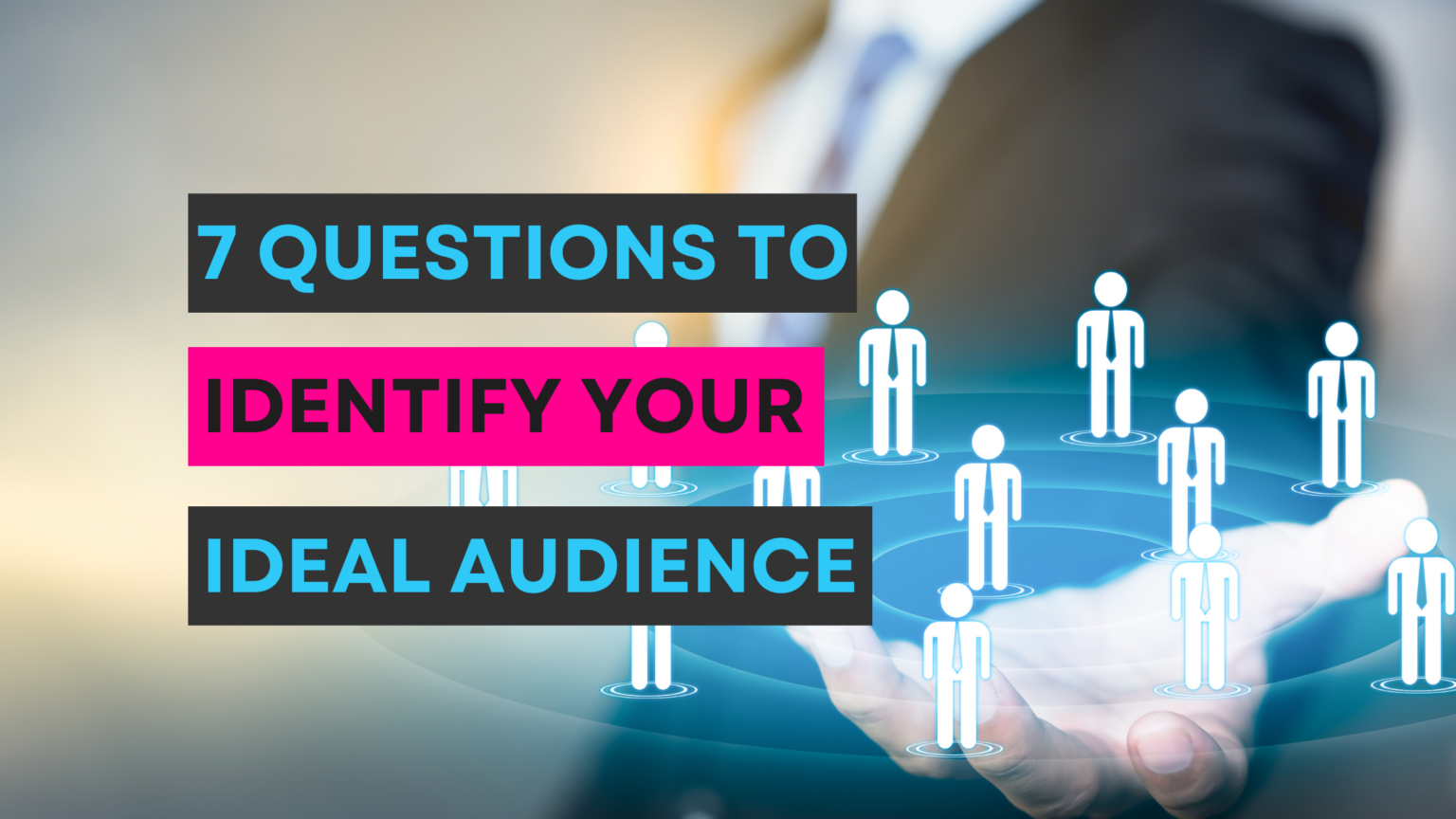
Before you can sell anything, you need to know who you’re selling to.
Identifying the right niche audience is crucial to laying a strong foundation for your small business. It’s what will allow you to create a helpful offer and deliver the right message to your audience in the right way.
So how do you define your ideal customer? We’ve put together a list of seven key questions to help you get it right.
If you are working on growing or redefining an established business, then the first thing you need to do is look at your current customers.
Not all of your current customers will be ideal customers – if they were, you wouldn’t be reading this article! However, the chances are you already have a pretty good idea of who you do and don’t enjoy working with.
On top of this, you may well find that 80% of your profits come from just 20% of your customers. Take some time to analyse how profitable each customer actually is. It could be that a customer who brings in a lot of revenue also demands a lot of time and resources, and therefore isn’t actually as profitable as you thought.
The impact you want your business to make upon the world is directly related to the audience that you serve. Which customers really need your help? Who will you be able to make the biggest difference to?
Making an impact is important, but so is getting paid. There’s no use choosing an audience who don’t have the purchasing power to pay you what you’re worth. You need to select a niche who have the means to solve their problems, but who stil; need you to help them actually do it.
Your ideal audience needs to have a pain that you can remedy. Pain motivates your audience far more than anything else, so dig deep. What is causing your audience pain, and why? How can you help them to overcome it?
What sets your business apart from your competitors? It could be that you offer a faster service, better quality, a lower price or a more seamless experience. Whatever it is, this will tell you a lot about the people your business will appeal to.
Let’s say you’re a virtual assistant; time-poor business owners will really appreciate your service and see the value in what you can do for them.
In order to understand how to speak to your ideal audience, you need to know where they go for their information. You need to know where they turn to Google, LinkedIn, TikTok or Instagram first, because this will tell you how to reach your audience and how to communicate with them.
Different demographics use different platforms at different times of day. Pay close attention to these statistics, as this will help you to maximise the impact that your content makes.
If you have already established a social media presence for your business, then take a look at your current statistics. Who is engaging the most with your content, and when? Which platforms are working well for your business, and which are delivering very few leads?
It’s important that you take the time to choose and understand your ideal audience. You can have the best product or service in the world, but you won’t experience success if you market it to the wrong audience. However, when you know exactly who you’re talking to – and why – everything will begin to fall into place.